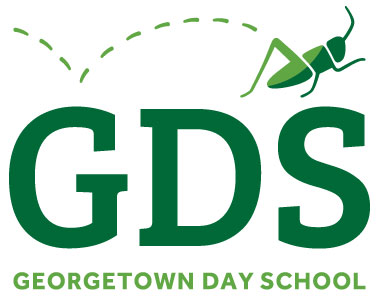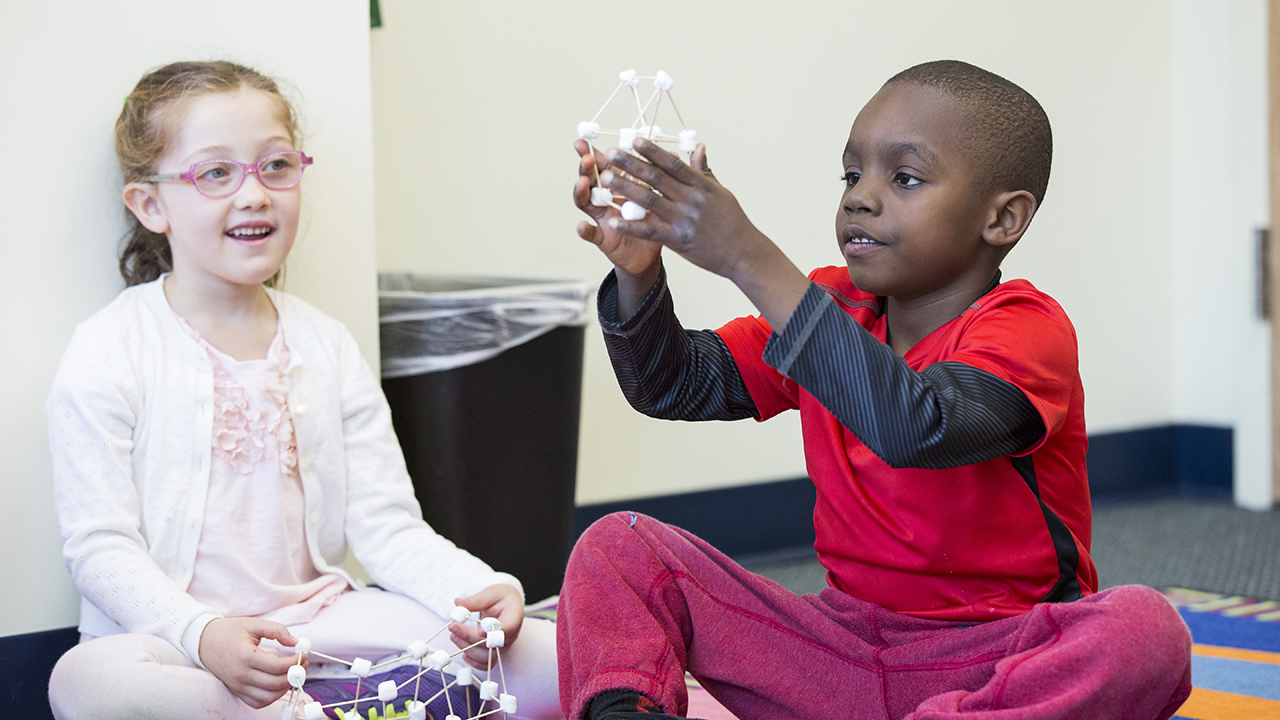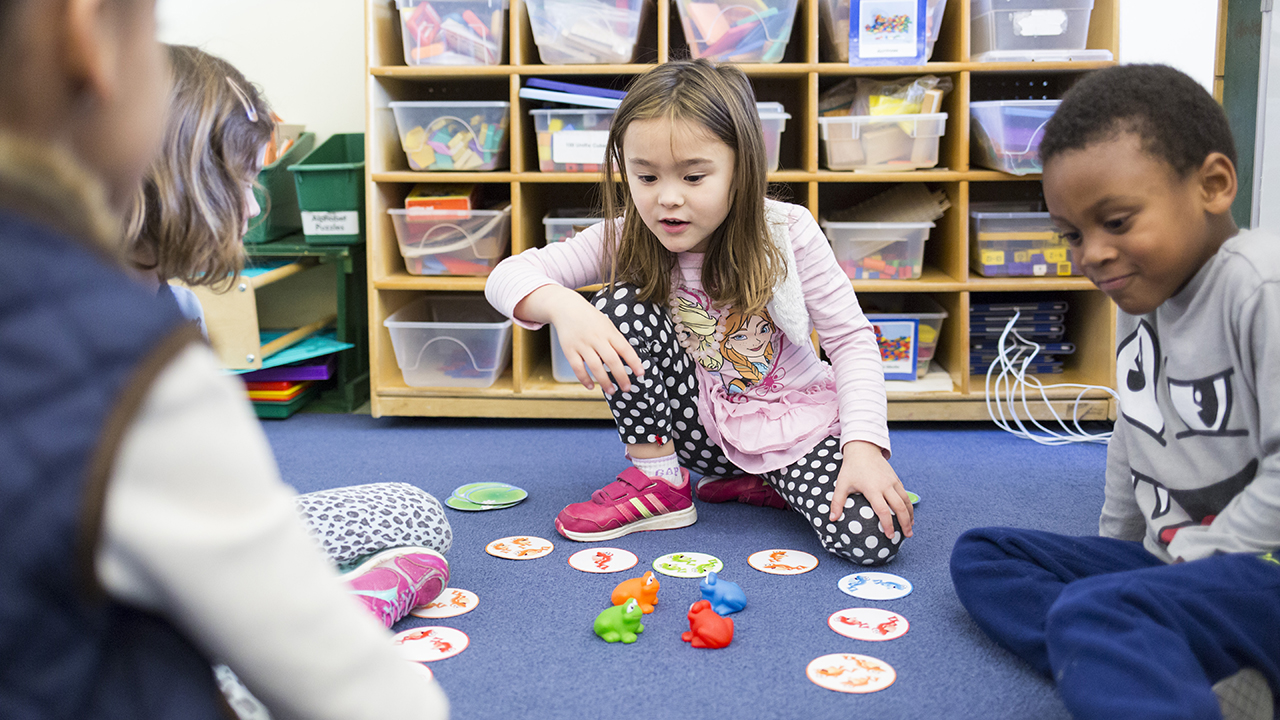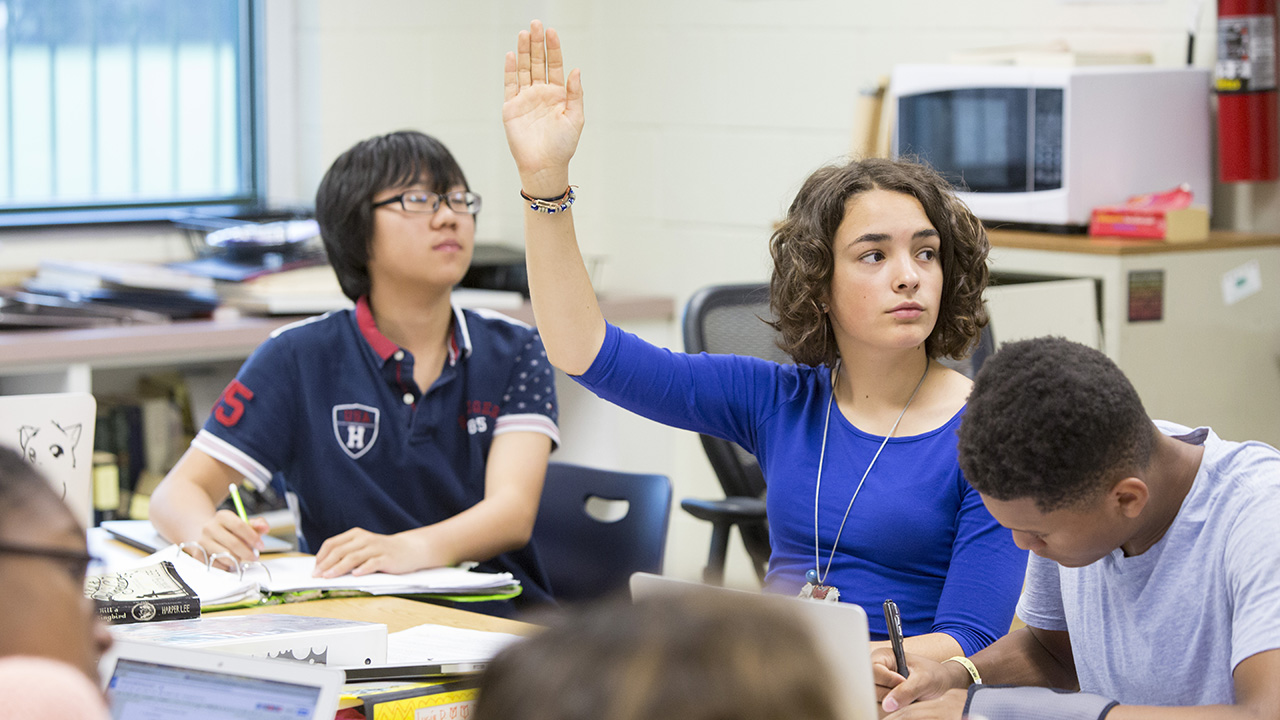Step into a GDS early childhood classroom and witness a flurry of activity. Children are constructing skyscrapers out of blocks, meticulously drawing crayon pictures of their families, or in the dress-up corner, creating a restaurant taking orders during the evening rush.
These four-, five-, and six-year-olds are alive, engaged… and learning. They are learning from the tower that stays up and the one that falls down. They are learning that when they don’t share, their classmates may be less inclined to play with them. They are learning how to count, categorize, and communicate. Importantly, they are learning from what goes right—but also, from what goes wrong.
Last spring, more than 50% of GDS families participated in our biannual parent survey, which yielded a wealth of data for our administration to reflect on as we work to provide the best possible learning experience for our students. For the first time this survey asked for parents’ perspectives on the “A GDS Student Will…” qualities. We asked specifically, how successful are we at cultivating this set of important capacities that we believe our students need in order to have a meaningful impact in a changing world?
A GDS Student Will…
- Build networks and collaborate across difference
- Innovate and create
- Take risks, tolerate failure, and learn from failure
- Self-advocate
- Think critically
- Communicate clearly and powerfully
- Tackle complex problems
- Learn actively and resourcefully
- Engage as a just, moral, ethical citizen
- Lead
Broadly, the feedback was positive. As I shared in my State of the School talk, all ten of the capacities received a rating higher than 4 (on a scale of 5), with “critical thinking,” “engage as a just, moral citizen,” “self-advocate,” and “communicate clearly and powerfully” receiving the highest marks.
Interestingly, and significantly, the lowest rated item was, “take risks, tolerate failure, and learn from failure.” This speaks to a very real tension of contemporary education and an important point of reflection for both parents and educators at GDS.
As adults, we understand the importance of making mistakes or “failure” as a necessary antecedent to innovation, growth, and discovery. Writing code, painting a still life, composing a sonnet, or hitting a baseball all assume repeated missteps en route to mastery or a positive outcome.
And yet, in an educational landscape fueled by perceptions of scarcity and assessed by grades, scores, and college admissions, students can absorb an unconscious and unintended message that mistakes are permanent and have no place.
In an excellent piece by Adam Grant in the New York Times, the author explores what parents can do to foster creativity in their children. Strikingly, more important that what parents should do to foster creativity is what parents should not do. Research shows that parents who have raised bold, original, flexible thinkers typically have not compelled their children to practice sports, academics, or musical pursuits unendingly. Rather, they have supported their children in pursuing their passions and let their kids lead the way. Parents of future creative geniuses don’t complete their kids’ homework or bring in their forgotten lunches. They let their children make—and be responsible for—their mistakes.
As parents and teachers, what can we do to help young people reframe “failure” as an engine toward growth? There’s no clear answer, but I offer a few ideas for reflection:
- Value the struggle: Celebrate process, not just product; effort and engagement, not just outcomes or grades.
- Share with our children stories of our own challenges: Provide them a window into times that we have stumbled, what we learned, and how we recovered.
- Take time to model curiosity over efficiency: Celebrate when your child “wonders and inquires.”
- Give your child agency: This includes holding them responsible for finding solutions, rather than solving problems for them. Then give them the time and space to iterate. When they come to you with questions, respond with more questions. “What else might you try?” “What other resources can you draw on?” And celebrate their attempts: “That sounds like a great strategy!”
As in many schools, GDS students can view grades as shorthand for their own relative success or failure. And while grades certainly are one indication of time spent and mastery, we must encourage students to view their learning holistically and not merely as a means to an end.
One of the best mechanisms for fostering intrinsic motivation is tackling real-world problems. Just like the kindergarteners who, through their play, are learning what works and what doesn’t, authentic assessments encourage students to perform a task to apply their learned knowledge. When 8th grade science students attempt to identify “sludge” applying their skills of analysis and experimentation; when 5th graders mediate playground disputes using what they’ve learned about building friendships and understanding others; when High School students in our master planning course work on transportation management plans in collaboration with professional traffic consultants—theory becomes practice and mistakes become a necessary stepping stone on the road to a successful outcome.
Solving the problems of a rapidly changing world will demand of our children courage, creativity, curiosity, collaboration, and the conviction to persevere in the face of challenging and often shifting terrain. We will continue to work to foster these qualities in our students, knowing that the world needs citizens and leaders who are both committed to tackling the most difficult problems and also nimble enough to adapt along the way.






